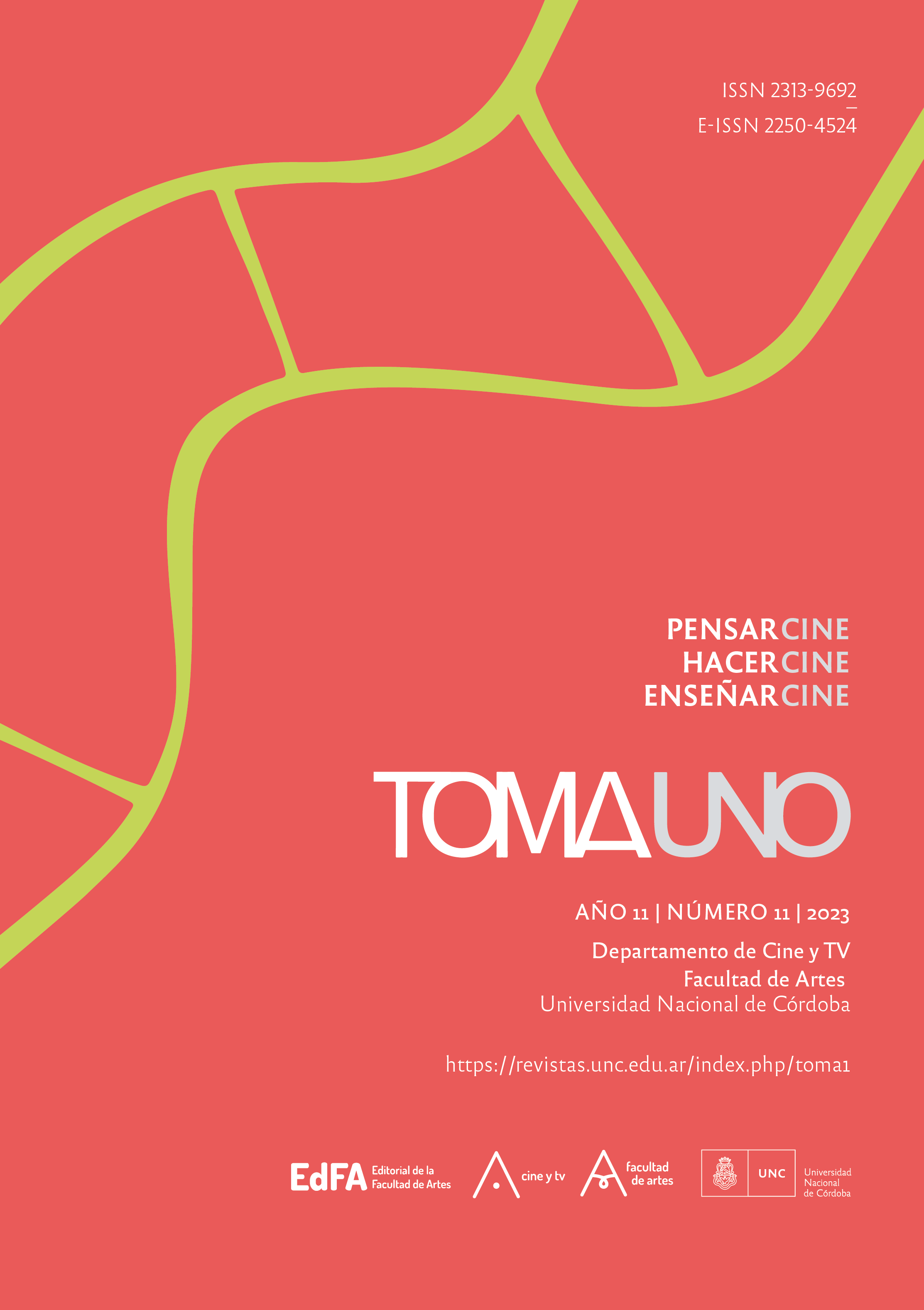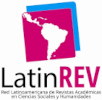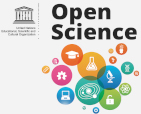Looking at the past to understand the present: Chronicles of a dream (Viñoles and Tononi, 2005) subjective approach to a democratic concern
DOI:
https://doi.org/10.55442/tomauno.n11.2023.42873Keywords:
CInema, Documentary, Recent Past, Elections, Post-dictatorship generationAbstract
This article proposes a look at the cinema on the recent past in Uruguay through a case analysis of the film Crónicas de un sueño by Mariana Viñoles and Stefano Tononi (2005), with the intention of highlighting the narrative construction of the recent past -the period marked by State terrorism (1968-1985)-. The transitional process carried out in Uruguay produced many years of social silencing. This fact generated a break in the transmission of memory and a lack of social listening to the particularities of this experience. The post-dictatorship generation is made up of those who were born during the period of State terrorism and who inherited the marks of the recent past and the weight of impunity.
Mariana Viñoles, co-director of Crónicas de un sueño (Viñoles and Tononi, 2005) belongs to this group of people who lived their childhood under dictatorship and their adolescence marked by impunity. This research is also carried out by a person who was a direct victim of State terrorism during her childhood and who only after more than 40 years begins to ask herself why so much silence and what the women of this generation have done on a cinematographic level.
Downloads
References
Achugar, M., Fernández, A. y Morales, N. (2014). La dictadura uruguaya en la cultura popular: recontextualizaciones de “A redoblar”. Discurso y Sociedad, 8(1), pp. 83-108.
Allier, E. (2010). Batallas por la memoria: Los usos políticos del pasado reciente en Uruguay. Montevideo: Ediciones Trilce.
Butler, J. (2020). Sin miedo: Formas de resistencia a la violencia de hoy. España: Taurus.
Forcinito, A. (2018). Oyeme con los ojos: cine, mujeres, visiones y voces. La Habana: Fondo Editorial Casa de las Américas.
Fuica, B. T. (2015). ¿Cómo representar la dictadura? Recorrido por estrategias cinematográficas en documentales uruguayos. Amérique Latine Histoire et Mémoire. Les Cahiers ALHIM, 30. DOI: https://doi.org/10.4000/alhim.5357
Halbwachs, M. (2004). La memoria colectiva (Vol. 6). Zaragoza: Prensas de la Universidad de Zaragoza.
Lessa, F. (2016). ¿Justicia o impunidad?: cuentas pendientes en el Uruguay postdictadura. Madrid: Debate.
Nichols, B. (2013). Introducción al documental. México DF: Universidad Nacional Autónoma de México.
Nichols, B. (1997). La representación de la realidad: cuestiones y conceptos sobre el documental. Barcelona: Paidós.
Pellegrino, A., Vigorito, A. y Macadar, D. (2003). Informe sobre emigración y remesas en Uruguay (informe de consultoría). Banco Interamericano de Desarrollo.
Ros, A. (2016). El documental político y la generación de posdictadura en Uruguay. Imagofagia, 14.
Sanderson, J. D. (Ed.) (2005). ¿Cine de autor?: revisión del concepto de autoría cinematográfica. Alicante: Universidad de Alicante.
Suleiman, S. R. (2002). The 1.5 generation: Thinking about child survivors and the Holocaust. American Imago, 59(3), pp. 277-295. DOI: https://doi.org/10.1353/aim.2002.0021
Víctor, J. (1980). Confesiones de un torturador. Barcelona: Laia.
Winn, P., Stern, S. J., Lorenz, F. y Marchesi, A. (2014). No hay mañana sin ayer: batallas por la memoria histórica en el Cono Sur. Santiago: LOM ediciones.
Filmografía
Viñoles, M. y Tononi, S. (Dirs.) (2005). Crónica de un sueño [largometraje documental]. Uruguay: Cronopio Films.
Abend, C. y Loeff, A. (Dirs.) (2008). HIT. Historias de canciones que hicieron historia [largometraje documental]. Uruguay: Metrópolis Films.
Published
How to Cite
Issue
Section
ARK
License
Copyright (c) 2023 Florencia CassariegoThis work is licensed under Creative Commons Attribution-NonCommercial-NoDerivs 2.5 Argentina .


































